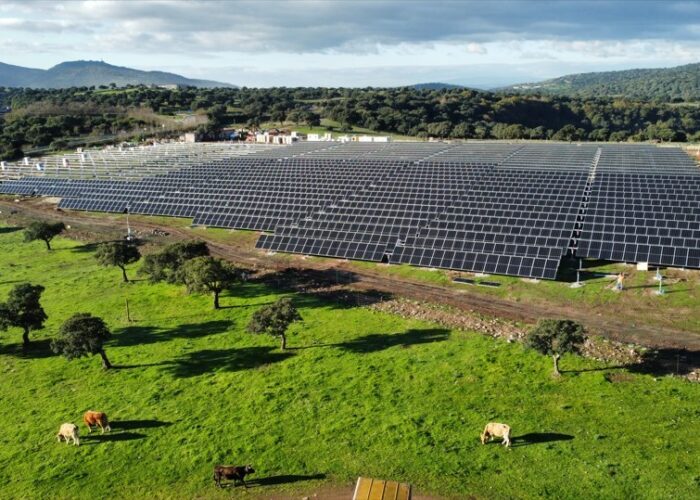The 5MW Kalaeloa Renewable Energy Park in Hawaii is now ready to break ground after receiving environmental assessment approval in early January.
As part of the preparation for construction, a traditional Hawaiian site blessing was held at a ceremony at the site on 18 January to prepare for the construction of the project. Kahu William Kaina conducted the blessing of the site, located on 8 hectares of leased US Navy land near Ewa Field, a former Marine Corps airstrip used during World War II.
Unlock unlimited access for 12 whole months of distinctive global analysis
Photovoltaics International is now included.
- Regular insight and analysis of the industry’s biggest developments
- In-depth interviews with the industry’s leading figures
- Unlimited digital access to the PV Tech Power journal catalogue
- Unlimited digital access to the Photovoltaics International journal catalogue
- Access to more than 1,000 technical papers
- Discounts on Solar Media’s portfolio of events, in-person and virtual
The concept of the solar park was first developed in 2009 by Hunt Companies and Scatec Solar North America. Hanwha SolarEnergy America joined the project in 2012 to provide financing and modules while Swinerton Renewable Energy will serve as contractor for the project.
The 5MW solar park will comprise 21,000 PV modules which will help to power around 1,000 homes every year.
“In Hawaii, utility-scale projects like the Kalaeloa Renewable Energy Park provide direct benefits to all ratepayers through clean and low-cost energy,” explained Luigi Resta, CEO of Scatec Solar. “The blessing reminds all community members of the rich and abundant renewable energy resources that the great state of Hawaii is fortunate to have.”
Kalaeloa Renewable Energy Park is scheduled for completion in mid-2013. When complete, Hanwha will operate the facility for a 20-year period.
The project will help Hawaii to reduce its reliance on fossil fuels and bring the state one step closer to meeting its target to produce 40% of electricity from renewable sources by 2030.







